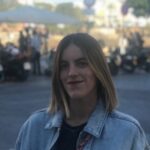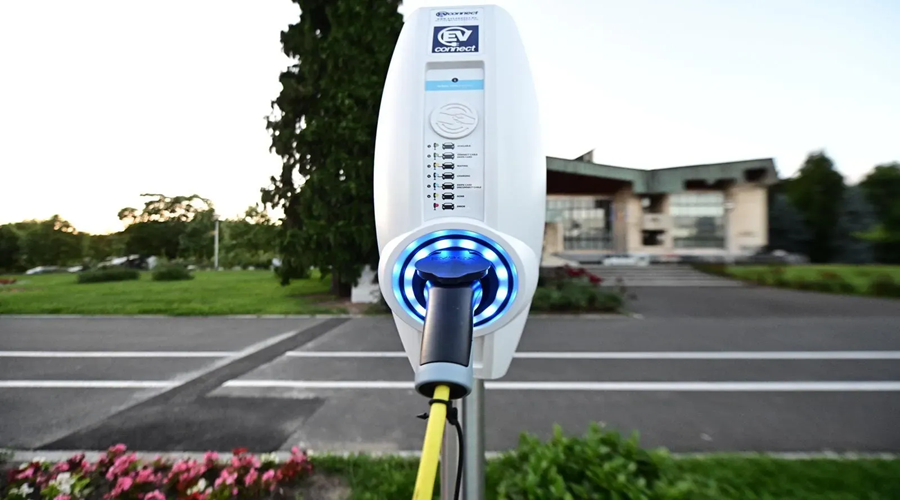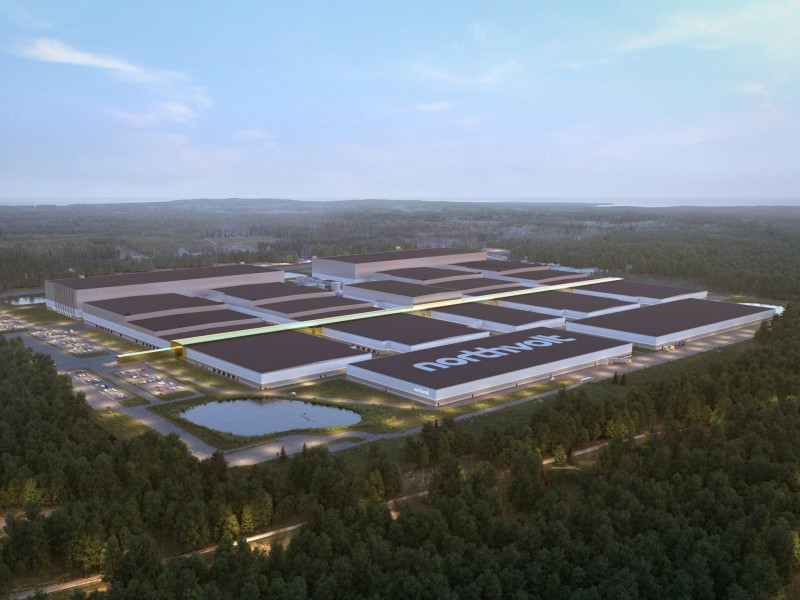With support from European funds, the company EV Connect – which operates commercially as Voltrelli – will begin deploying fast chargers in Peru in 2025.
“This year, we should have a minimum of 20 fast chargers, with at least 60 and ideally 120 kilowatts,” says Mihai Dragos, CEO of EV Connect, in conversation with Mobility Portal Latinnoamerica.
Between eight and ten of these units will be located in Lima, while the remainder will be distributed nationwide, ensuring territorial coverage.
By 2028, the goal is to have between 250 and 300 units in operation.
The investment is backed by programmes from the European Investment Fund (EIF) and forms part of a broader strategy to establish a reliable public charging network capable of supporting the transition to electric mobility.
“These programmes allow us to move forward with a solid structure,” explains Dragos.
Voltrelli and its three-pronged business model
The development of this network is based on a business model with three main pillars: hardware sales, operation of its own network, and software management.
Regarding equipment, Voltrelli works with its own brand and internationally recognised manufacturers such as ABB and Kempower. Additionally, it allocates around €60,000 annually for the training of technical staff.
“We have highly specialised personnel; we spend that amount every year purely on training to ensure we’re well prepared,” Dragos explains.
The second pillar is direct investment in infrastructure, a decision driven by the lack of operational charging networks in the country.
“Today, I’d be embarrassed to tell someone to buy an electric car, because the next question would be: where do I charge it?” says the CEO frankly.
Finally, Voltrelli develops and operates its own charge management platform, compatible with OCPP 1.6 and ready to operate under OCPP 2.0.
The tool, already in use in Europe, allows for operational control and minimises downtime. “Our challenge is to have zero downtime on chargers; we don’t always achieve it, but we do everything we can,” he states.
Regulatory obstacles and low charger demand
Despite a positive outlook, Dragos warns that the expansion faces barriers. The most significant, according to the executive, is the lack of social and political interest in electric mobility in Peru.
Regarding the legal framework, he considers it still immature. “There’s nothing extremely well-defined yet,” he points out.
Currently, there are no specific incentives for the installation of charging infrastructure. However, Dragos does not see state intervention as essential, unless there is a clear and decisive strategy in place.
“Either you treat it like any other business, or if you want to give it a boost, you define a good plan. Half-measures are worse,” he asserts.
Technology adapted to Peru’s eMobility market
To meet the needs of the electric vehicle fleet in Peru, the company imports chargers from Europe and China, depending on the type of connector required.
According to Dragos, currently around 60–70% of the fleet uses the CCS2 standard, while between 30 and 40% use GBT. This reality demands a flexible and technically versatile strategy.
In addition to its operations in Peru – which have been ongoing for over two years – Voltrelli has legal presence in Colombia and is preparing to expand into Brazil, Mexico, and Chile.
Its regional goal is to install between 12,000 and 15,000 public chargers in Latin America by 2030. In this regard, partnerships with shopping centres and local allies have been key to strengthening its presence in Peru and ensuring a functional network.
“We want to sit down in front of anyone interested and say: here is the infrastructure. You can cross the country in an electric car without any problem because you’ll have chargers along the way,” concludes Dragos.
READ MORE
-
chargecloud Expands Marketplace with AI-Based Support: Cooperation with Lemonflow Technologies
The integration brings 24/7 AI-powered user support, fully embedded into the chargecloud ecosystem, aiming to enhance operational efficiency and service quality for CPOs across Europe.
-
EV transition in Europe slows, but momentum remains after EU climbdown
EU policy flexibility may ease short-term pressure on automakers, yet rising EV sales, infrastructure needs and long-term investment signal that electrification remains the industry’s core trajectory.
-
EnBW and Alpitronic strengthen long-term partnership to scale high-power charging across Germany
The agreement covers fast-charging hardware, joint development of future functionalities and a multi-year maintenance framework to support EnBW’s expanding HPC network.










